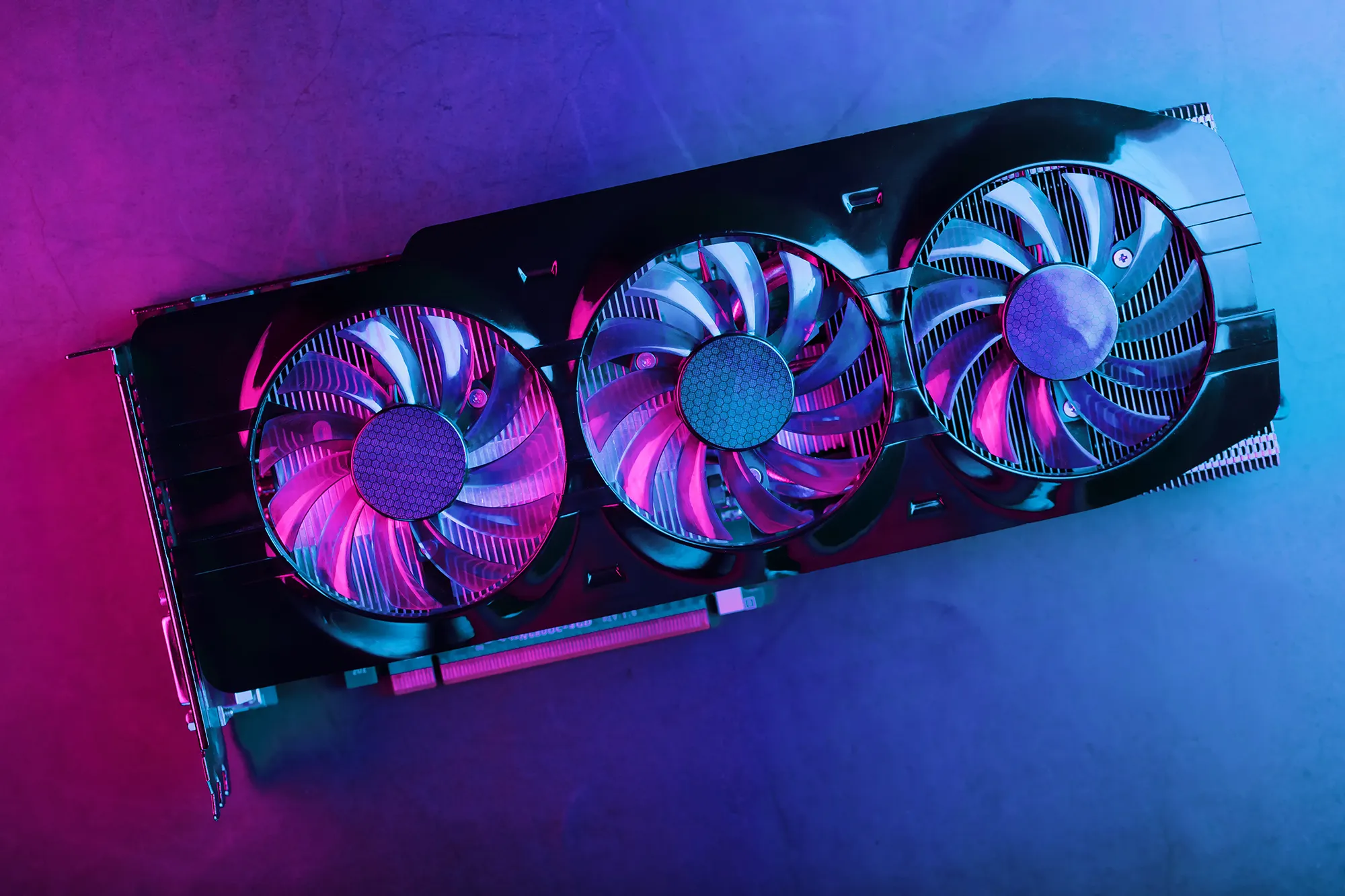Why CPU-GPU Balance Matters More Than Ever

In 2025, gaming PCs are more powerful than ever, but raw specs alone don’t tell the whole story. You can have the fastest graphics card on the market and still see disappointing frame rates if your CPU can’t keep up. Likewise, a high-end processor will sit underutilized if your GPU is the bottleneck.
This balance between the CPU and GPU has always mattered, but with modern engines, AI-based rendering, and complex simulations, it is now one of the most critical factors in real-world performance.
What Does “CPU-GPU Balance” Actually Mean?
In simple terms, your CPU (central processing unit) handles logic, physics, world simulation, and preparing data for the graphics card. Your GPU (graphics processing unit) takes that data and turns it into the images you see on screen.
When the CPU cannot send information fast enough, the GPU waits idly. This is called a CPU bottleneck. When the GPU cannot render frames quickly enough, the CPU is left waiting instead, creating a GPU bottleneck.
The goal is to have both working efficiently together, which leads to consistent frame pacing and high utilization on both components.
Why It Matters More in 2025
Modern game engines like Unreal Engine 5, Starfield’s Creation Engine 2, and Frostbite 4 rely heavily on both CPU and GPU power. They use complex features such as:
- Nanite and Lumen systems that dynamically stream geometry and lighting
- Advanced AI systems for NPCs and crowd behavior
- Physics and simulation-heavy worlds that depend on single-thread performance
- Frame generation and upscaling that can reduce GPU load but expose CPU bottlenecks
In short, the days when you could just “buy the best GPU and call it a day” are over. A poorly matched system can waste performance and money.
Common Signs of a CPU Bottleneck
- Your GPU usage sits below 80% even though your FPS is lower than expected
- CPU usage spikes to 90–100% while your GPU remains underutilized
- Frame rates drop dramatically in open-world or city scenes
- Frame generation or upscaling offers little to no improvement
Games like Cities: Skylines II, X4 Foundations, and Total War: Warhammer III are CPU-limited due to their heavy simulation workloads. Even a Ryzen 9 or Intel Core i9 can struggle without proper optimization.
How to Find the Right CPU for Your GPU
When choosing parts, it helps to consider how demanding your target games are and what resolution you play at.
- 1080p gaming: The CPU often matters more, since the GPU has less load. A Ryzen 7 7800X3D or Intel Core i5-14600K is ideal here.
- 1440p gaming: This is the balance point for most systems. Both CPU and GPU matter equally.
- 4K gaming: The GPU becomes the limiting factor in nearly all scenarios, so even a mid-tier CPU can deliver great performance.
CPUs with large L3 caches, like AMD’s X3D models, often perform exceptionally well in CPU-bound games because they can feed the GPU data faster with lower latency.
Frame Generation and Upscaling Have Changed the Equation
Technologies like DLSS 4 and FSR 4 have shifted how performance is distributed. While they reduce GPU load by generating synthetic frames, the CPU still has to handle all the logic and simulation work.
This means that in games using frame generation, the CPU becomes even more important to maintain consistent frame pacing and avoid stutter. In poorly optimized games, you might still see frame time spikes even if the FPS counter looks high.
How to Check Your System’s Balance
- Monitor GPU and CPU usage with tools like MSI Afterburner or HWiNFO.
- Look at frame times, not just FPS. Uneven frame delivery often indicates CPU strain.
- Test at multiple resolutions. If FPS does not change much when you lower resolution, you are likely CPU-limited.
How to Fix an Imbalanced System
- If your CPU is the bottleneck: Lower CPU-heavy settings like shadows, view distance, and physics detail. Consider upgrading to a CPU with higher single-core speed or larger cache.
- If your GPU is the bottleneck: Lower graphical fidelity or upgrade the graphics card.
- If you experience stuttering: Check background processes and ensure your system memory is fast enough for your platform.
Sometimes, even minor tweaks like enabling XMP (for RAM speed) or updating your chipset drivers can make a noticeable difference.
Final Thoughts
The best gaming PC in 2025 is not necessarily the one with the most expensive GPU or highest-core CPU. It is the one where the two are balanced for your target resolution, refresh rate, and the types of games you play.
If your goal is smooth, consistent frame pacing and efficient performance, choose components that complement each other rather than overwhelm one another.
Balanced builds not only perform better in real games, they also age more gracefully and make full use of your investment for years to come.
Tarl @ Gamertech

